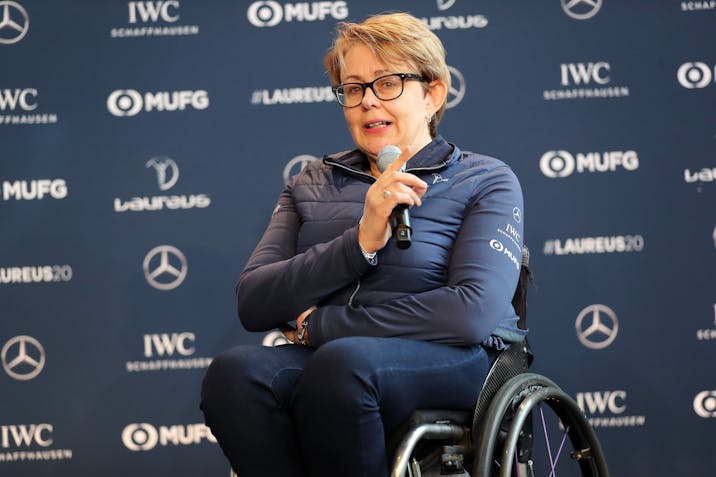
Paralympian receives abuse and harassment for opposing assisted suicide
Cassy Cooke
·
Rich women have more abortions than poor women, study finds
A new study by the Brookings institute has found that rich women have more abortions than poor women. These findings contradict those of the Alan Guttmacher Institute, which has said that poor women have more abortions.
The Brookings institute surveyed over 3800 women, and determined that those whose income was 400 percent or more higher than the poverty line were most likely to have aborted their last pregnancy. When asked whether or not they had aborted their baby the last time they were pregnant, roughly 32 percent of rich women said yes, contrasted with 9 percent of poor women.
The study’s authors suggest that poor women may not be able to afford abortions and contraception, leading to a higher birth rate among them. However, the authors also concede:
By “less to lose” they seem to mean that women in a higher income bracket will be more seriously inconvenienced by pregnancy, as they stand to lose more money in caring for their children.
The dichotomy between rich and poor, however, leads to a possible conclusion that the study’s authors do not mention. It seems that more abortions are being done out of convenience than desperation. Rich women, who are more likely to have the resources to care for a child, are aborting more frequently than poor women, who face more serious hardship.
Abortion is not being used to prevent women from plunging deeper into poverty, but by the rich to avoid making the sacrifices that caring for a child would entail. Rather than aborting out of a desperate need to stay afloat economically, women may be aborting for convenience.
Of course, both rich and poor women have the opportunity to put their babies up for adoption, avoiding the inconvenience and hardship of raising a child altogether. Sadly, this is an option that few women, rich or poor, consider.
The study’s authors conclude that abortion needs to be more available to the poor and, therefore, more common, in order to prevent unwanted births. While they offer lip service to providing more resources to the poor, they make it clear that these resources should be geared towards giving the poor more abortions.
There are ample reasons to defund Planned Parenthood and redirect its funding to comprehensive health clinics that truly serve women’s health needs without committing abortion. Planned Parenthood’s extreme abortion focus and general refusal to help women who want to give life is just one of these reasons.
Pro-lifers, on the other hand, offer real and concrete help to poor women in crisis pregnancy centers across the country. Crisis pregnancy centers offer their services for free and can provide housing, maternity clothes, and baby items for poor women. The Morning Center’s work is a wonderful illustration of this.
Pro-lifers need to continue to help women who are poor and want to keep their babies. They also need to continue educating all women (and men) about the health risks of abortion, as well as the gruesome reality of the procedure, in the hopes that fewer women will make such a destructive choice.
In the video below, former abortionist Dr. Anthony Levatino describes one of the most common abortion procedures used from 13-24 weeks in the United States. For more medically animated videos on other common abortion procedures, go here.

Live Action News is pro-life news and commentary from a pro-life perspective.
Contact editor@liveaction.org for questions, corrections, or if you are seeking permission to reprint any Live Action News content.
Guest Articles: To submit a guest article to Live Action News, email editor@liveaction.org with an attached Word document of 800-1000 words. Please also attach any photos relevant to your submission if applicable. If your submission is accepted for publication, you will be notified within three weeks. Guest articles are not compensated (see our Open License Agreement). Thank you for your interest in Live Action News!

Cassy Cooke
·
Investigative
Sheena Rodriguez
·
Newsbreak
Bridget Sielicki
·
Investigative
Carole Novielli
·
Investigative
Carole Novielli
·
Investigative
Carole Novielli
·
Guest Column
Sarah Terzo
·
Abortion Pill
Sarah Terzo
·
Guest Column
Sarah Terzo
·
Guest Column
Sarah Terzo
·
Guest Column
Sarah Terzo
·